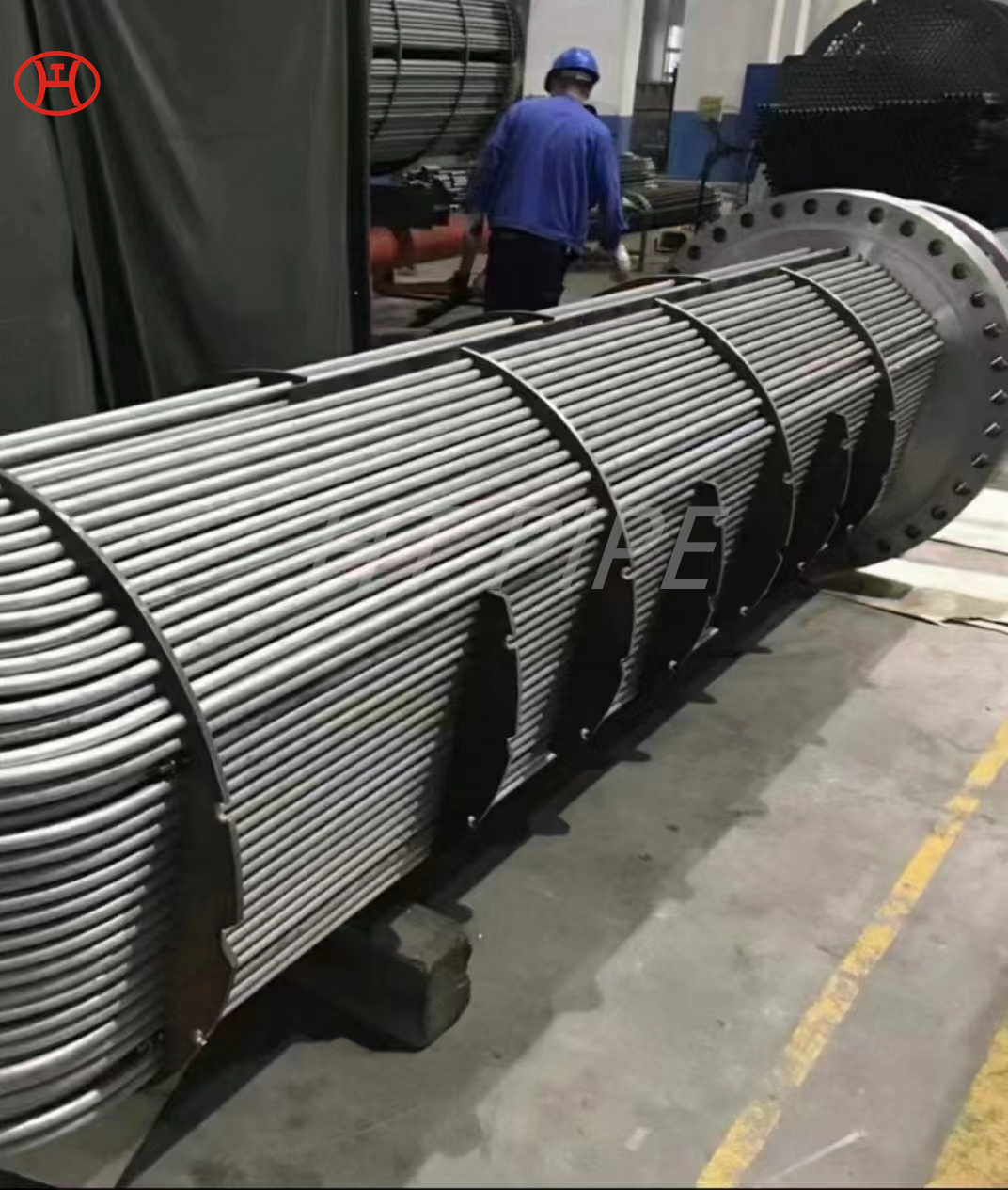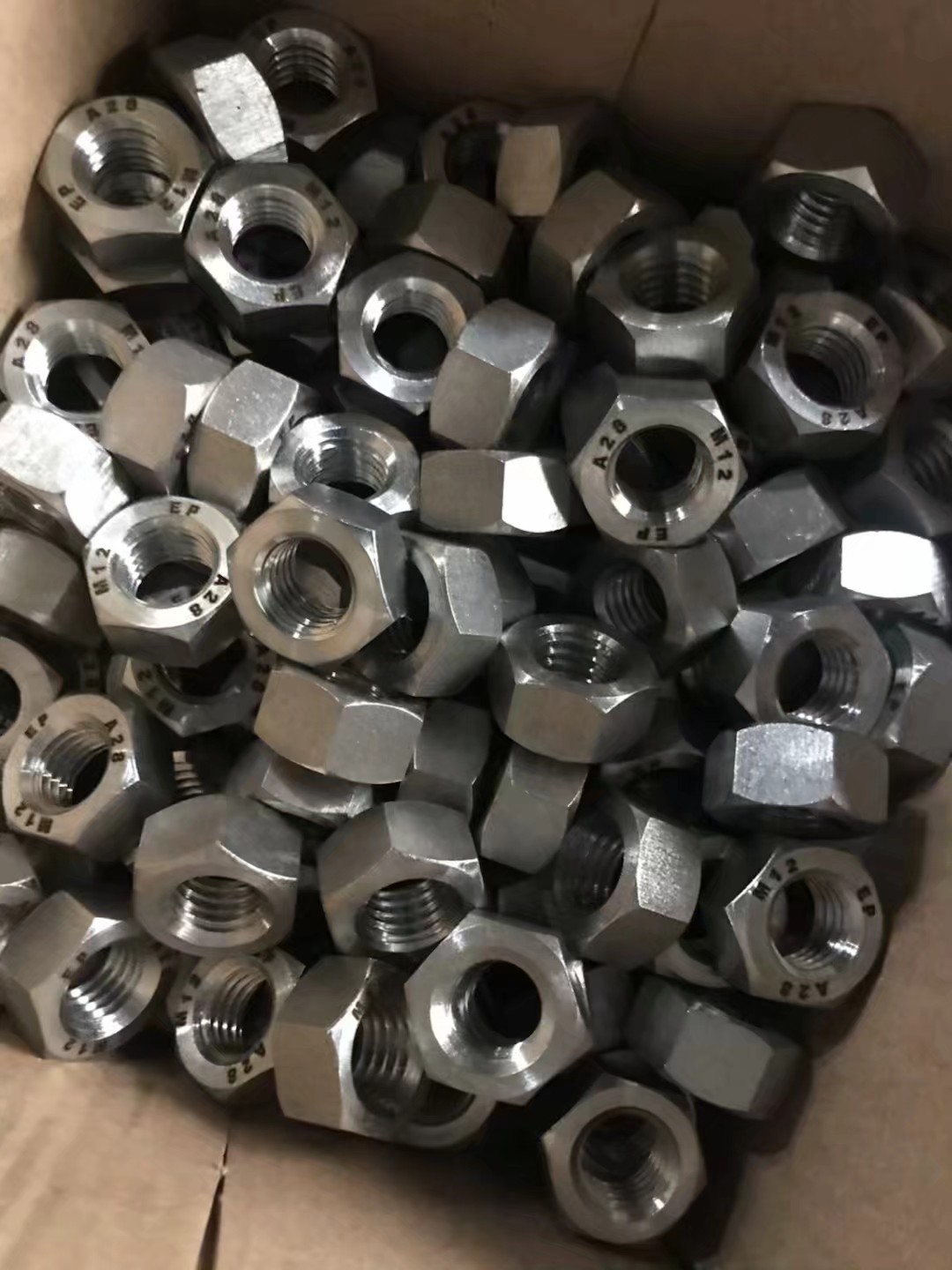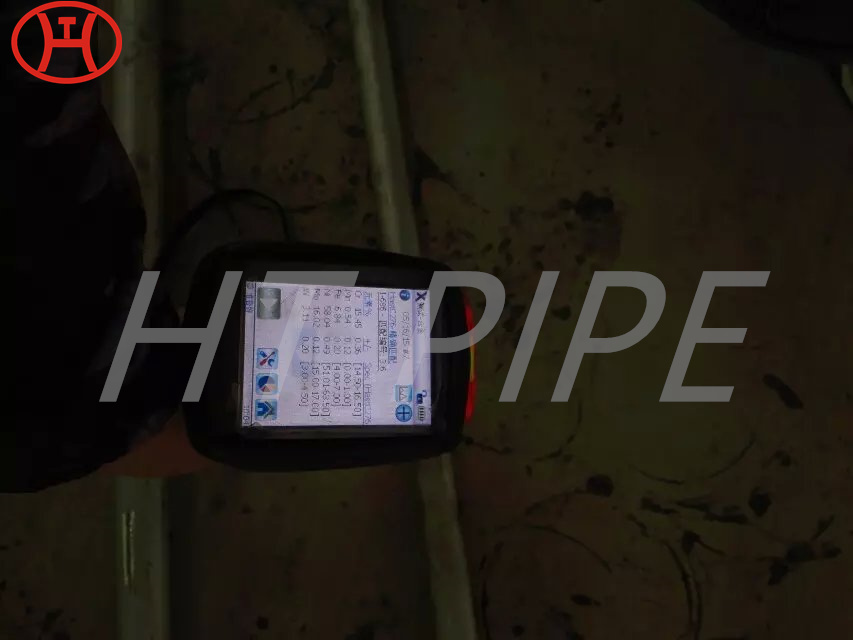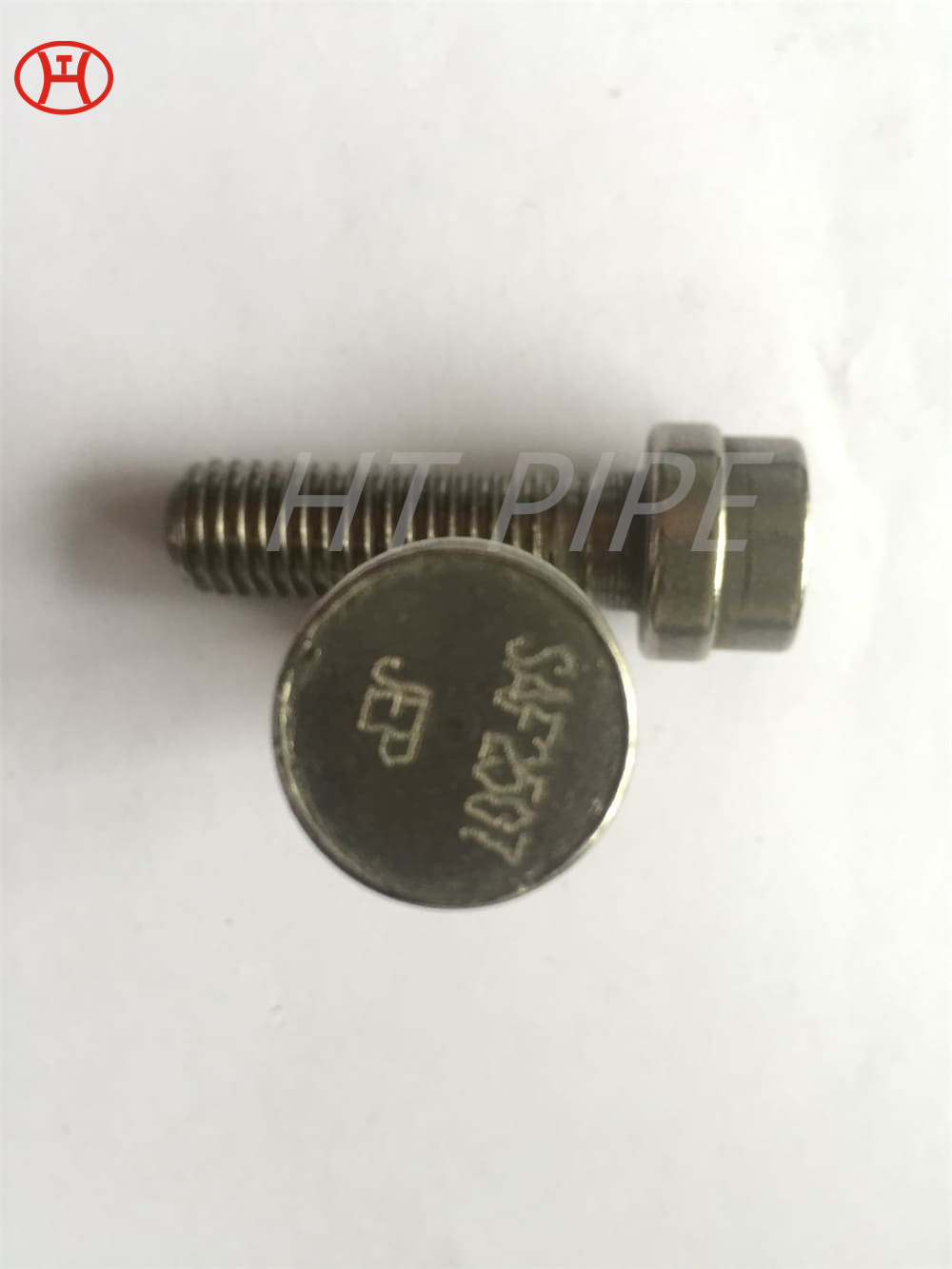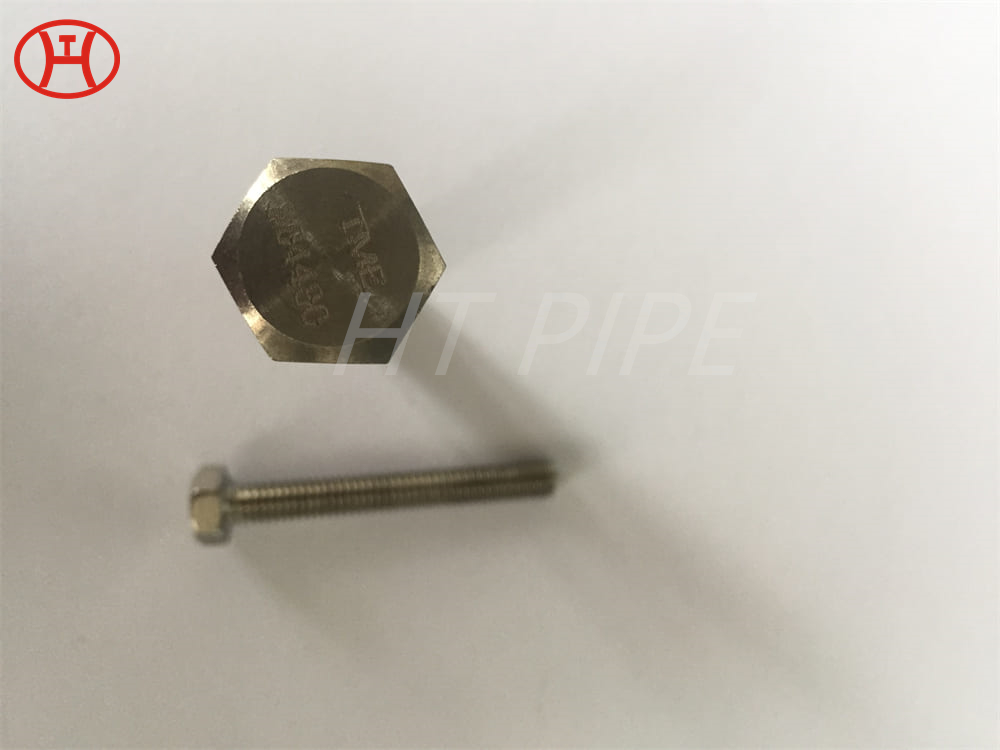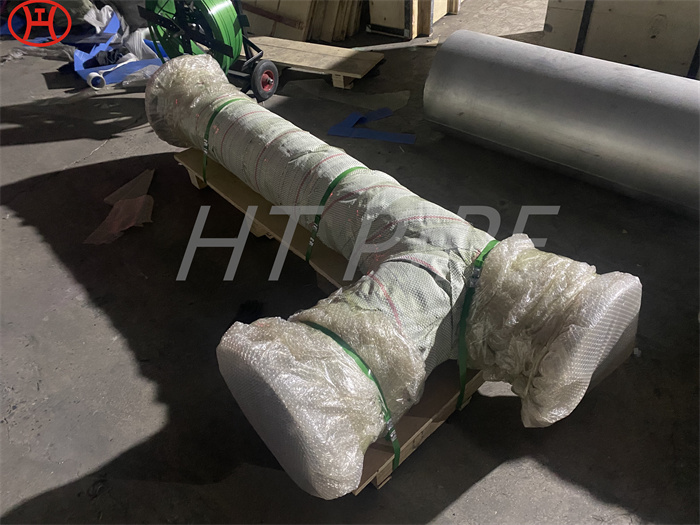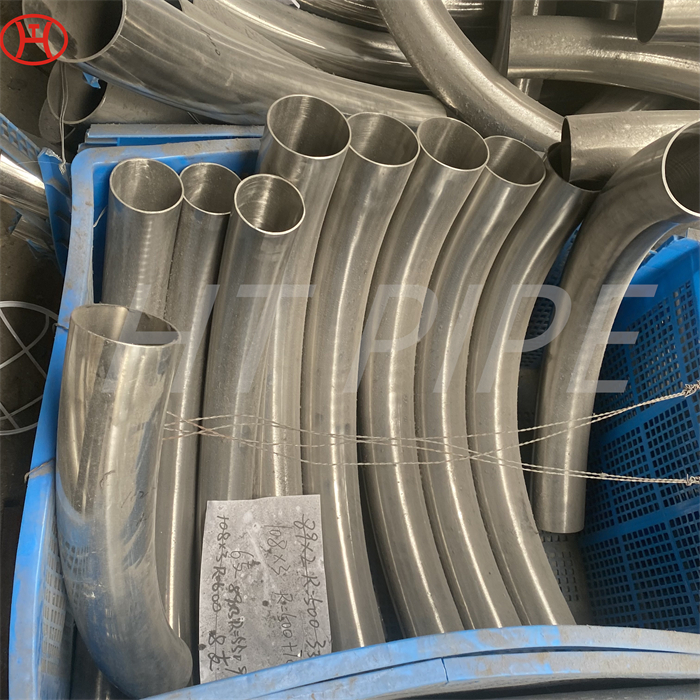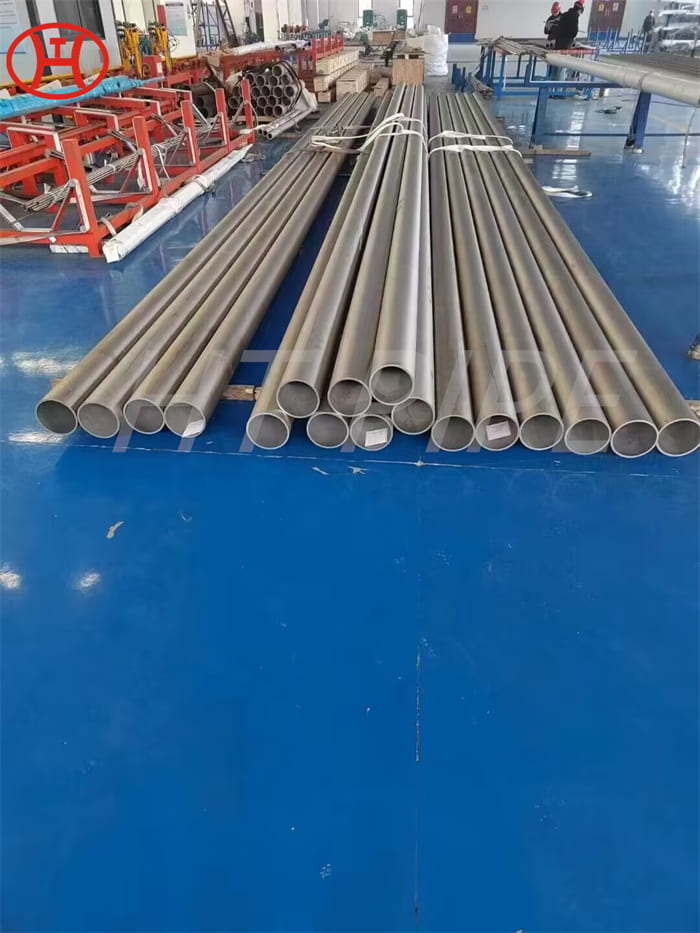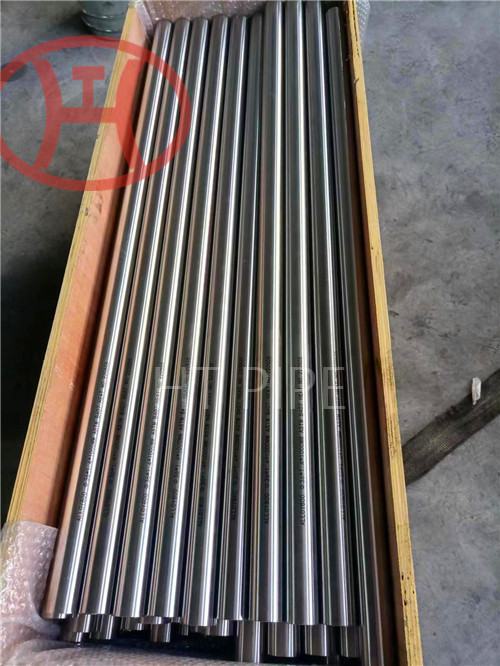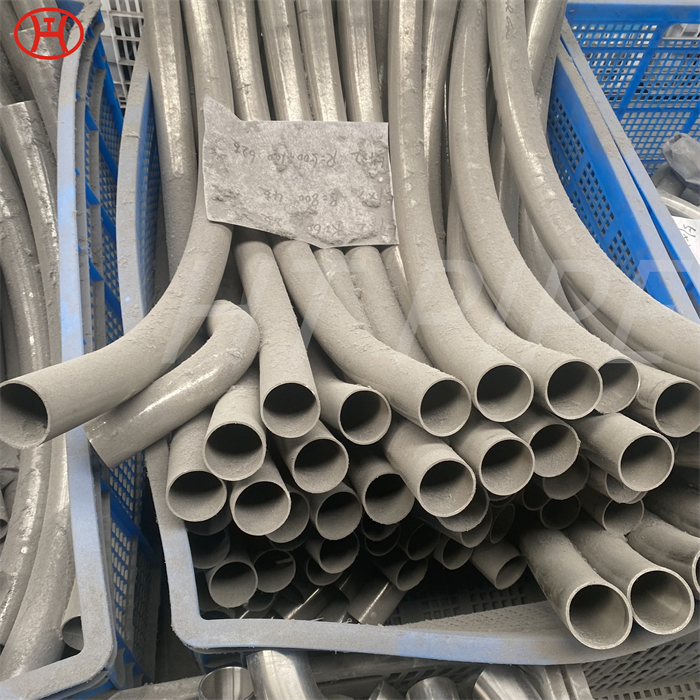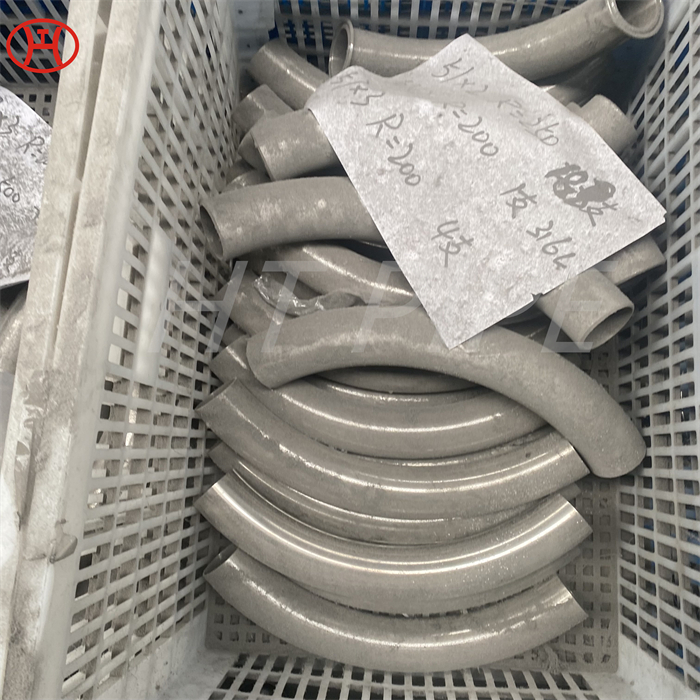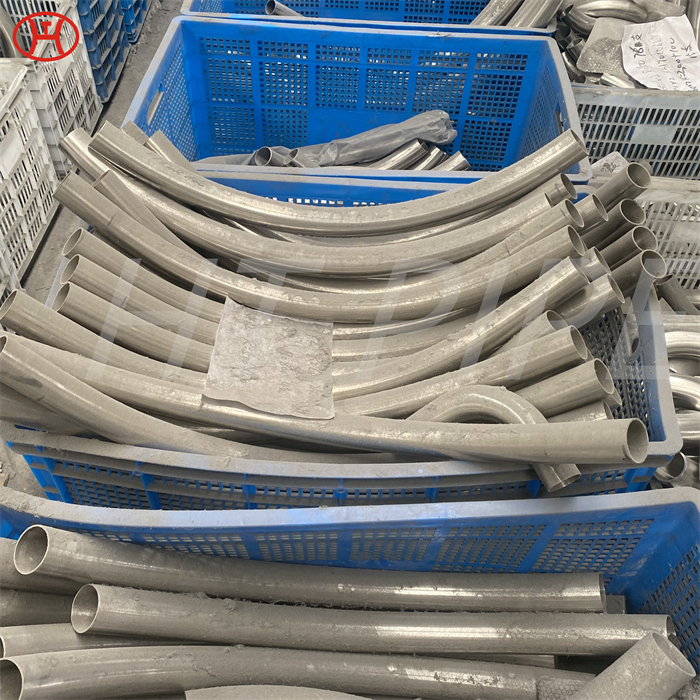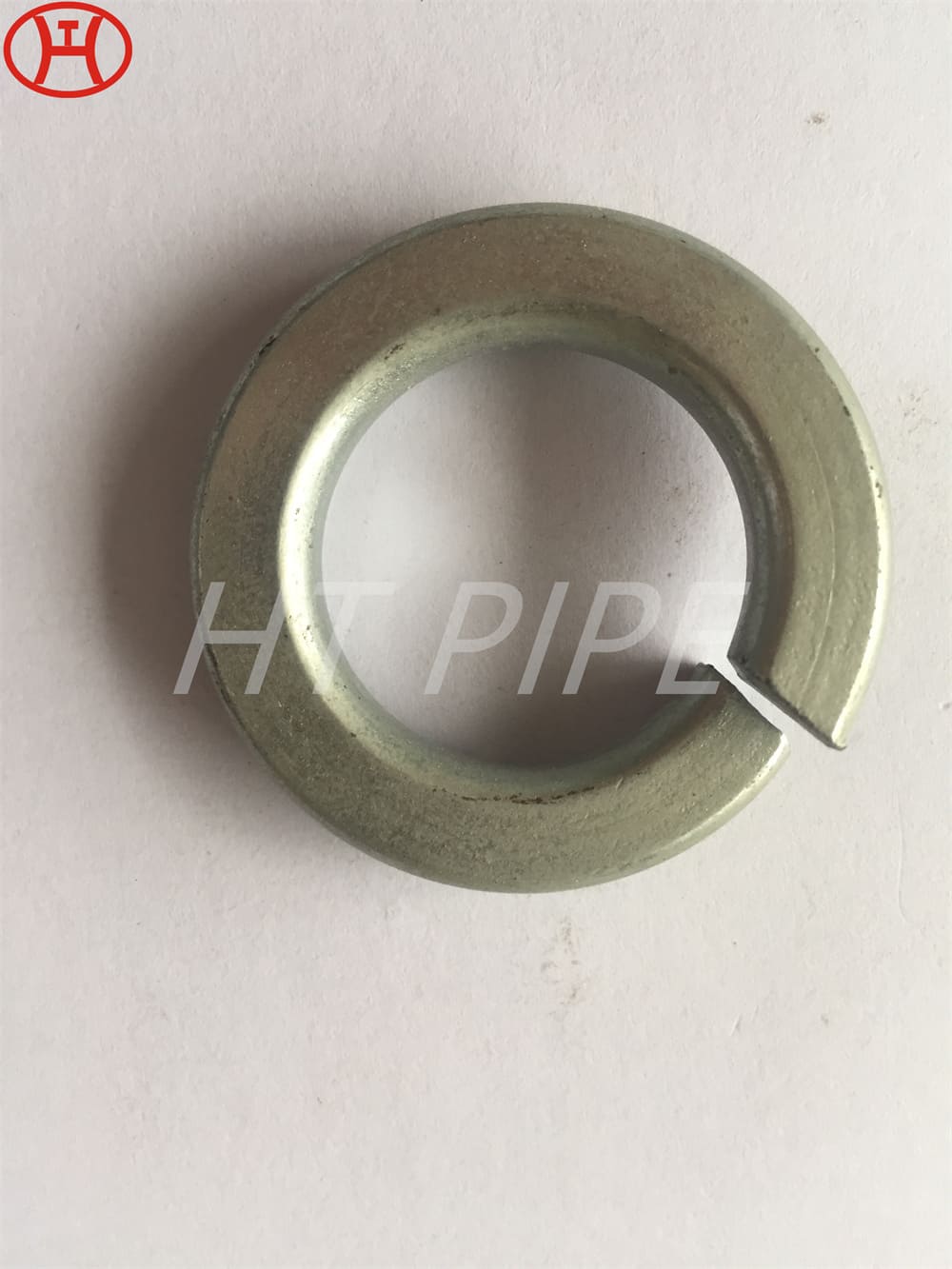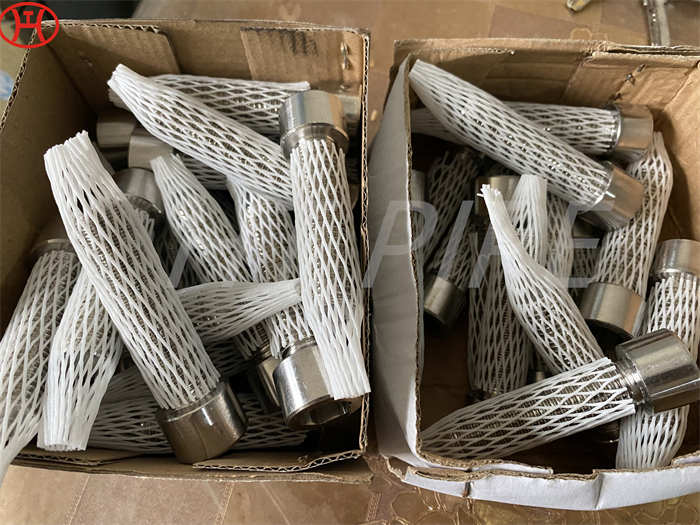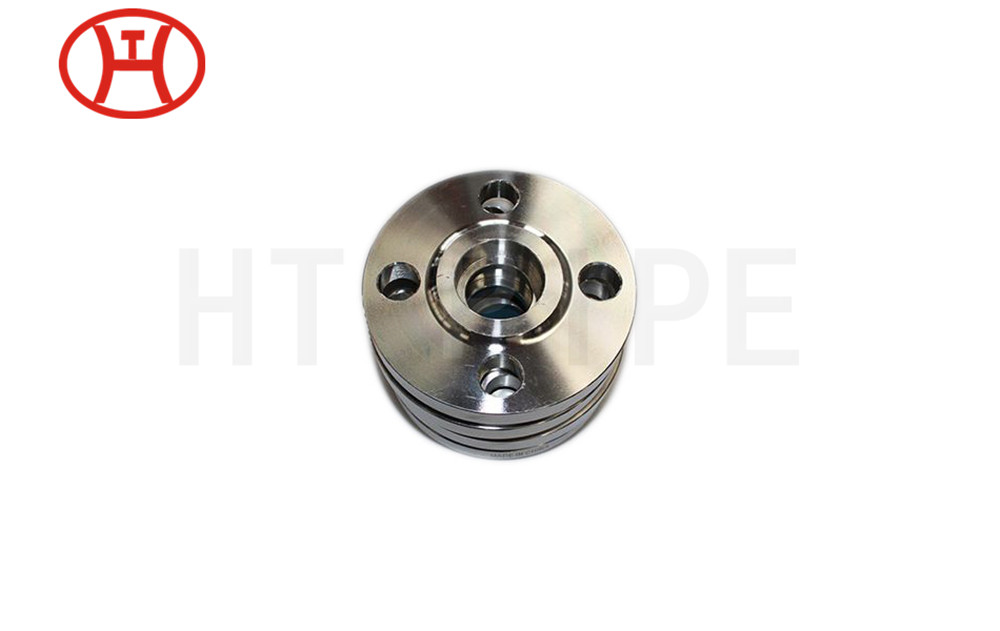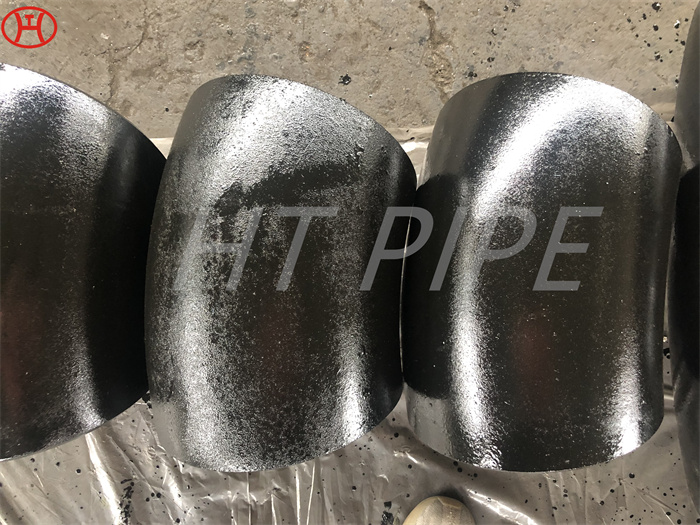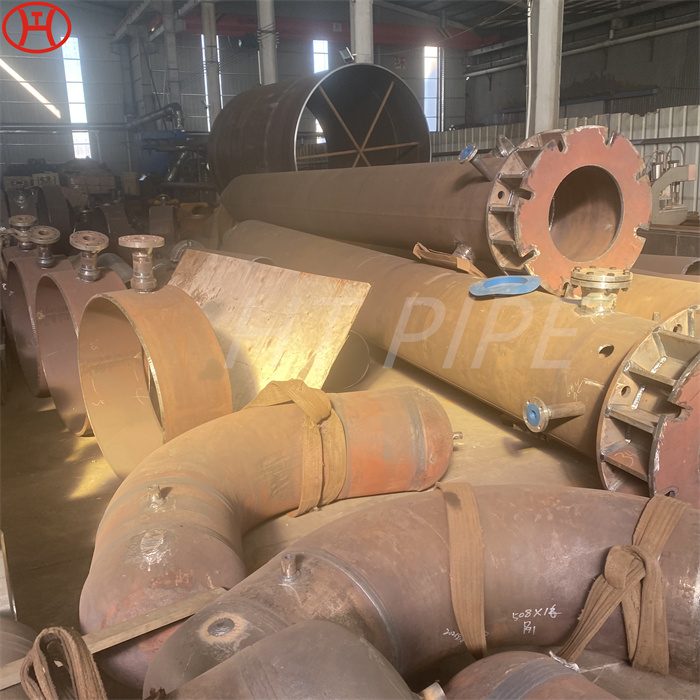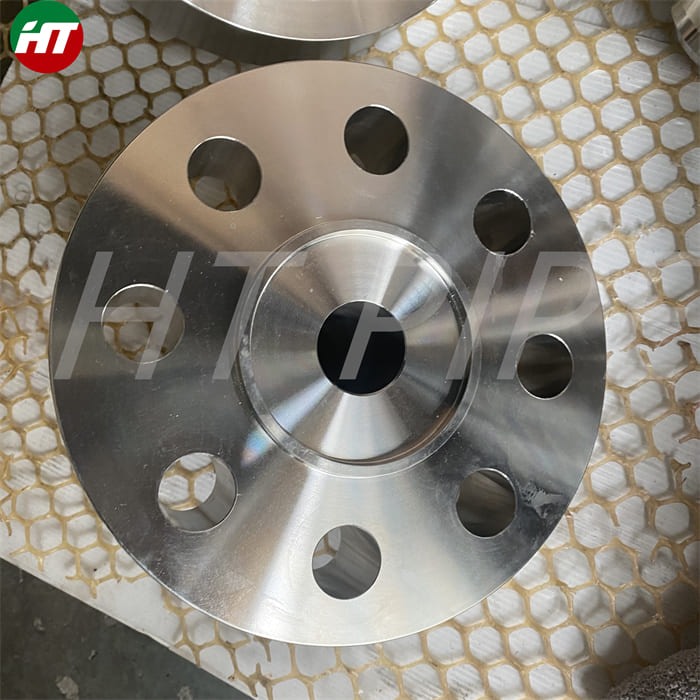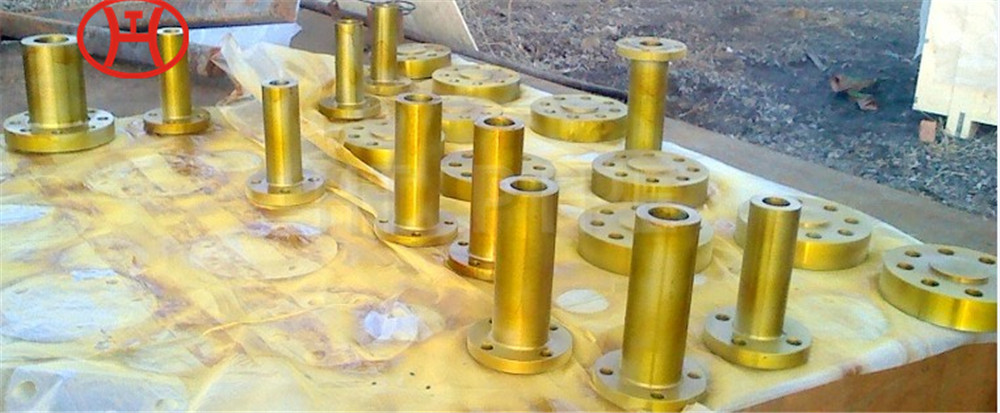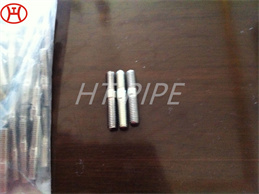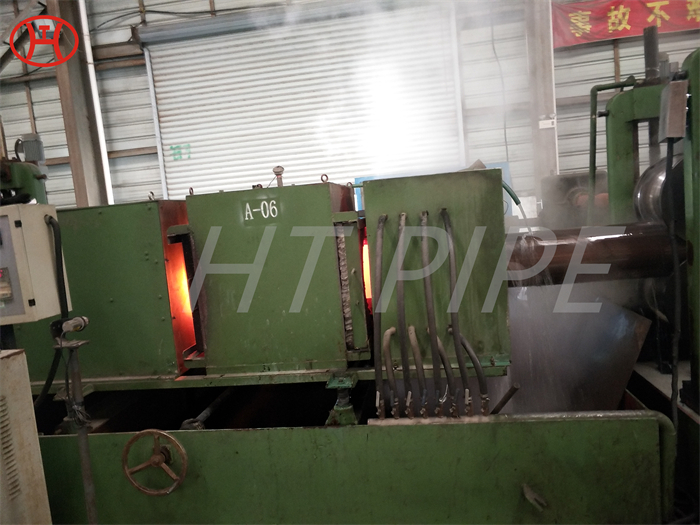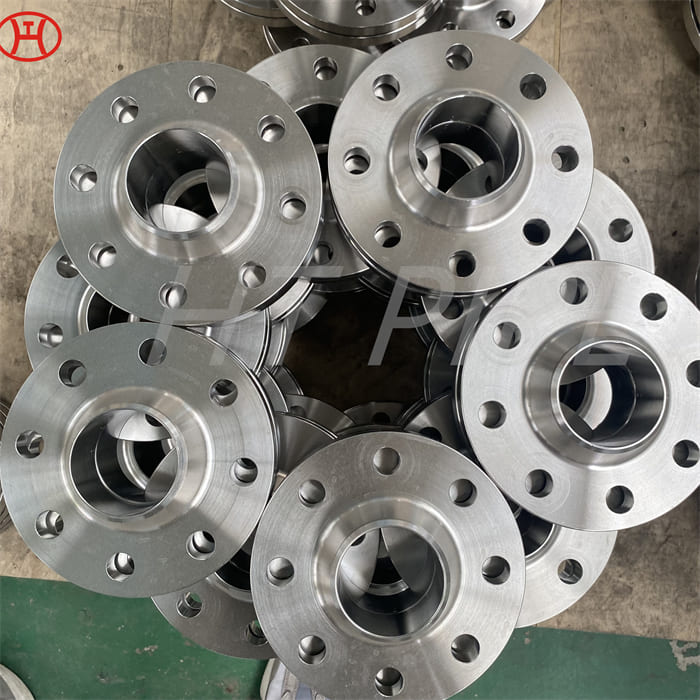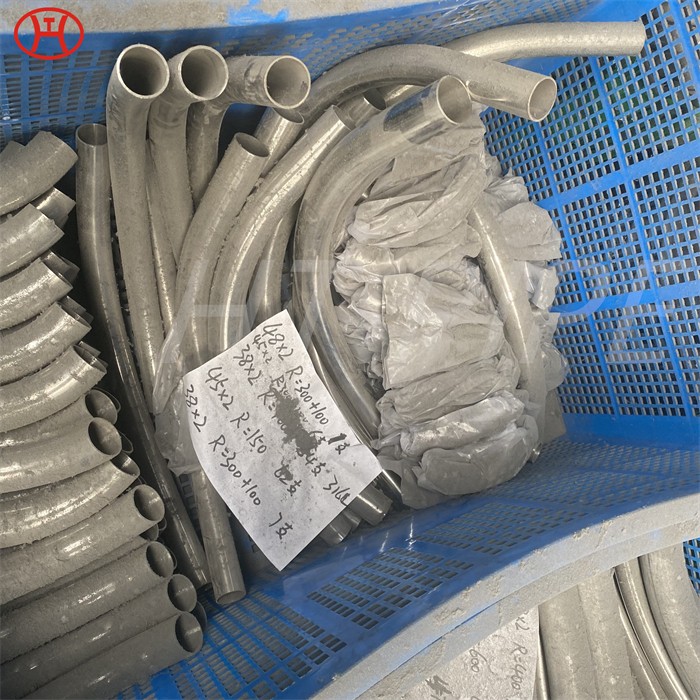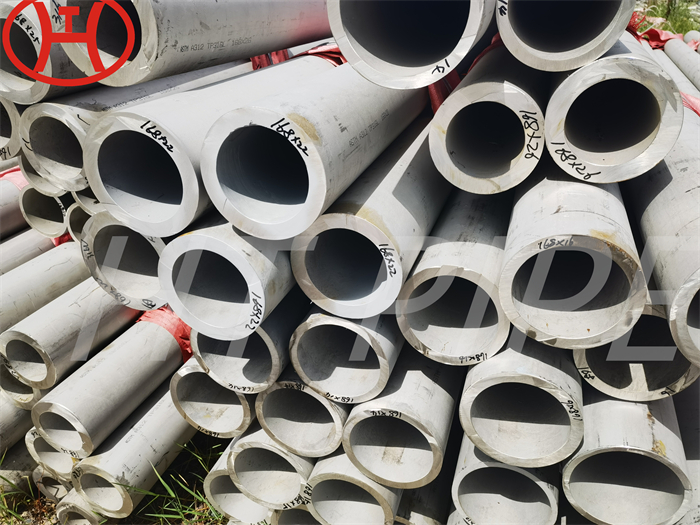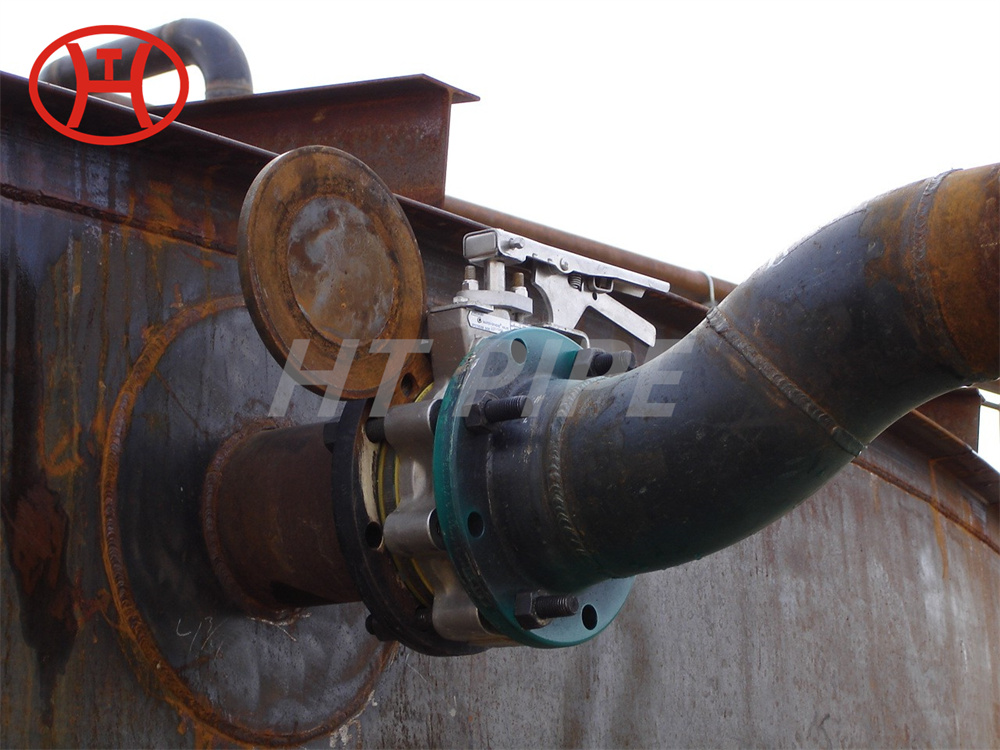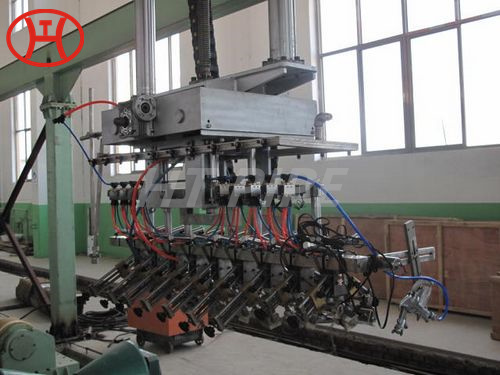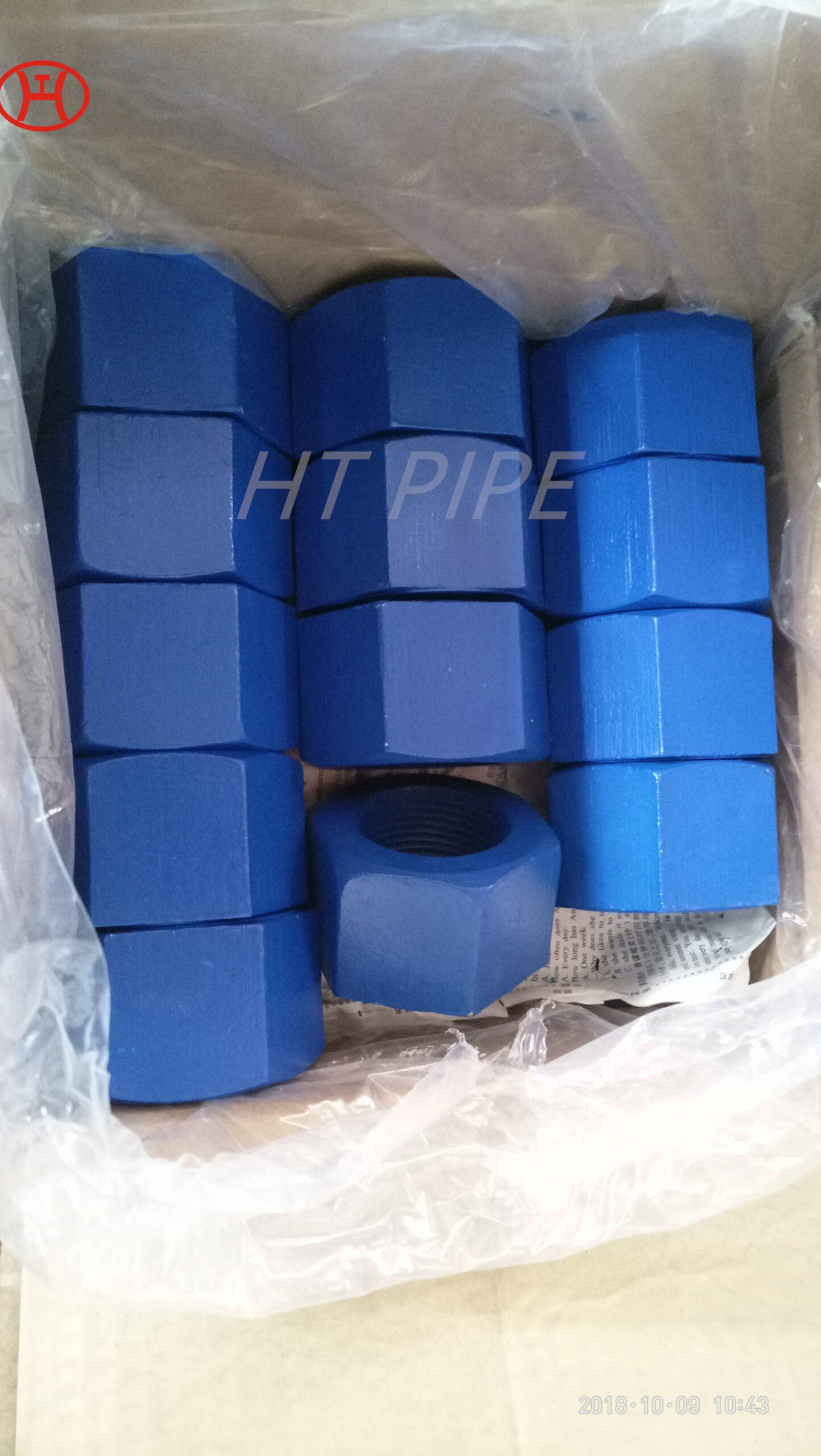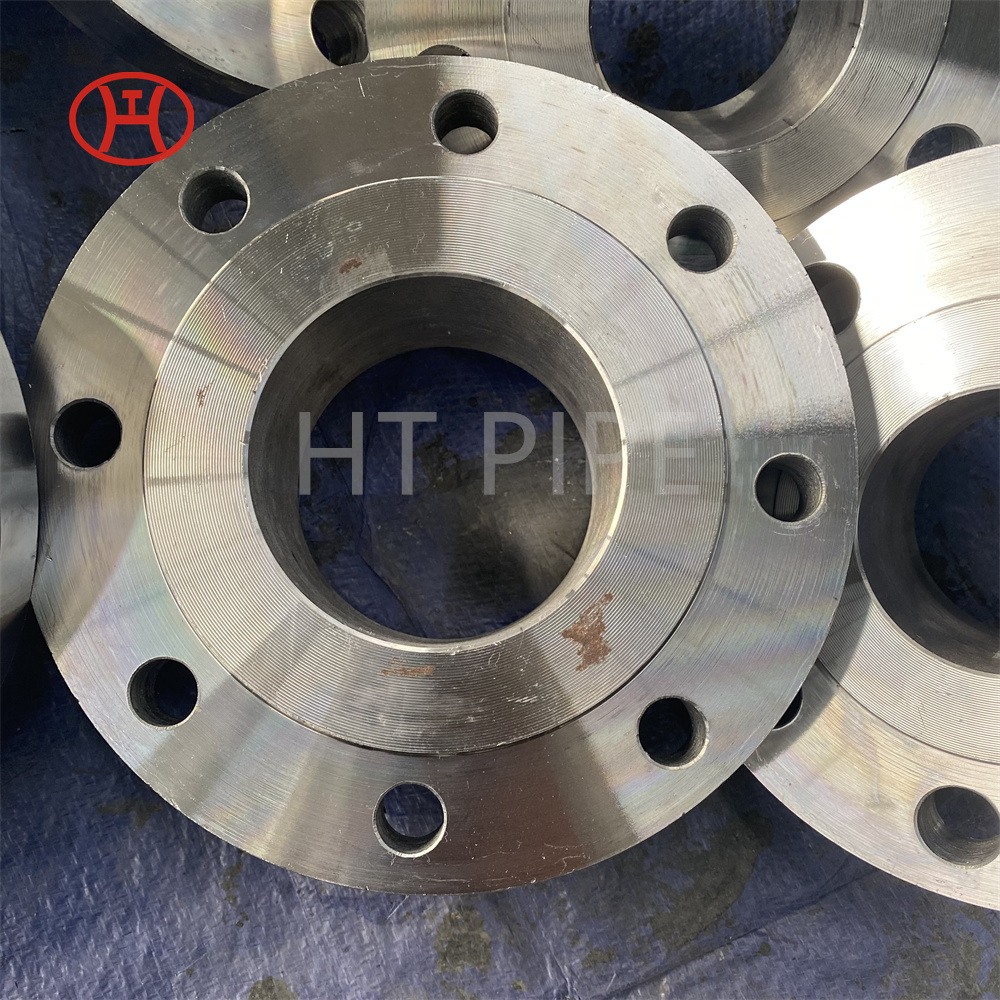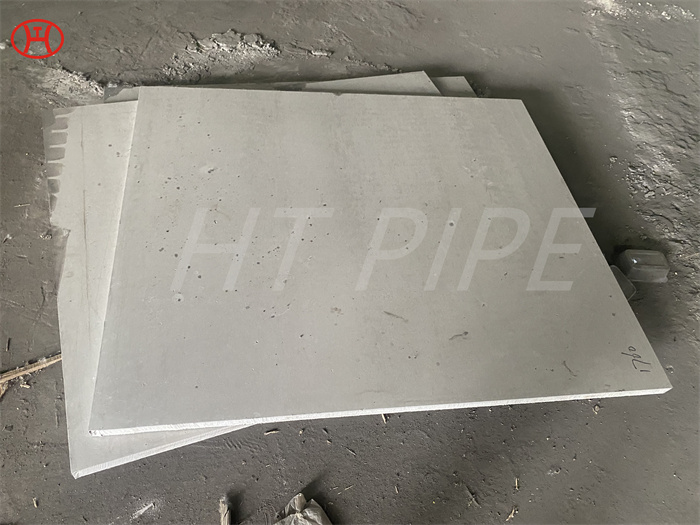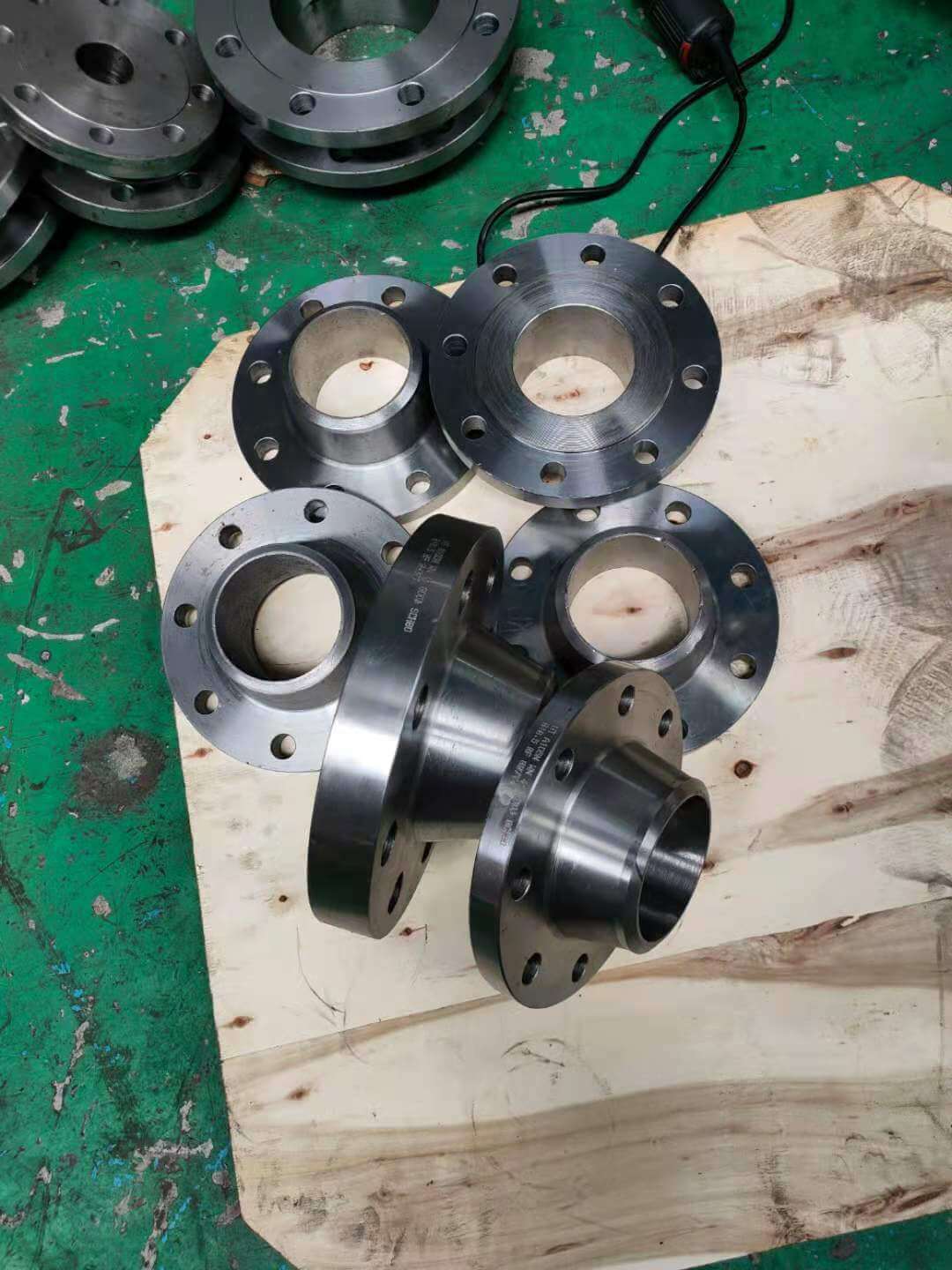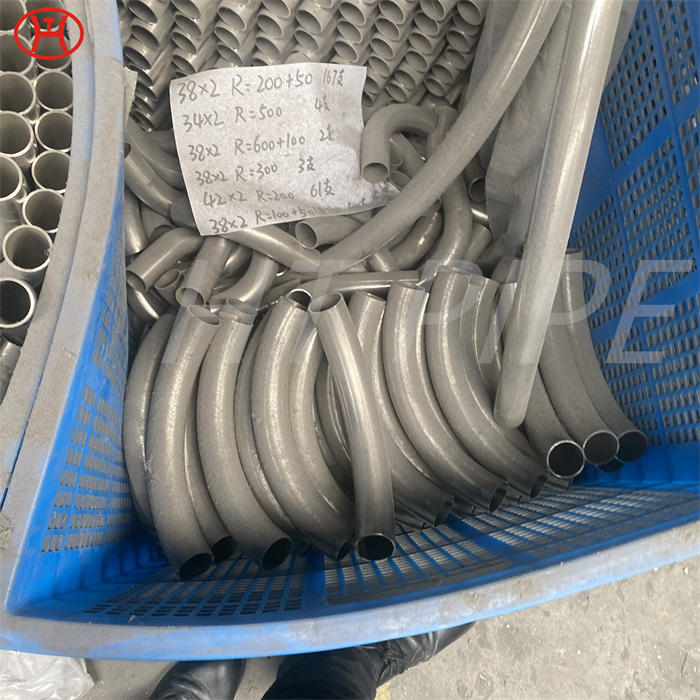acero hastelloy N10276 tubo y tuberia
Chemical processing plants use high-end, high-precision tubing, such as Ni C276 hot-worked tubing. There are also resistance welded pipes. Hastelloy C276 Alloy EFW Tubing is easy to use. It can be welded without much precipitation. This feature helps the material retain its shape and not corrode even after applying field welding.
ASME SB 622 N10276 Hastelloy Hollow Pipe is one of the different standards governing pipe diameters. Wall thicknesses, pressure ratings and schedules also vary by standard. ASTM B619 C276 Hastelloy Round Tube is the most commonly used type in chemical processing plants. Hastelloy is one of the most non-toxic alloys in the world. In fact, ASME sb619 tubing does not cause toxic reactions when in contact with many pharmaceutical formulations. Hastelloy C276 is a high performance super alloy grade. Hastelloy C276 tube is designed with excellent nickel, chromium and molybdenum content as well as other constituent alloys. The superior content gives these pipes enhanced corrosion and oxidation resistance.

